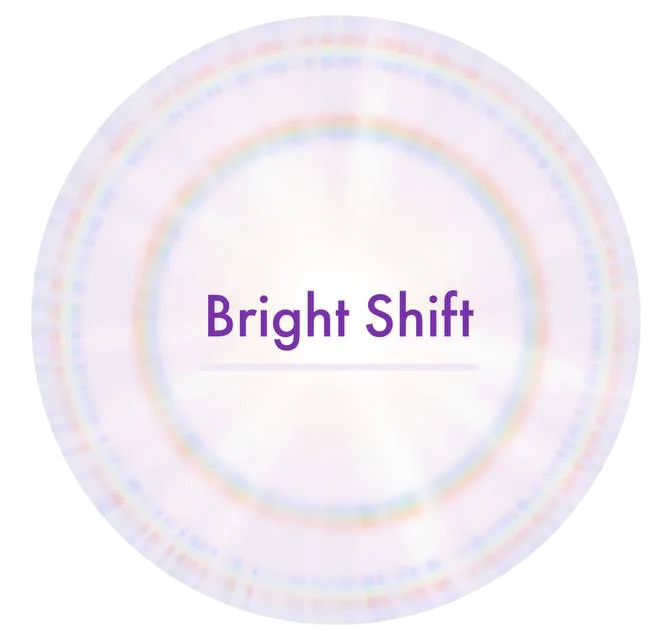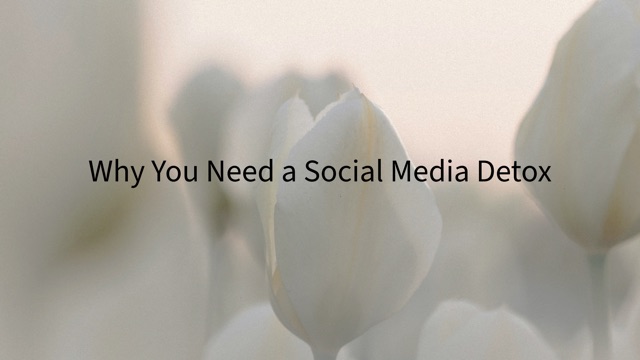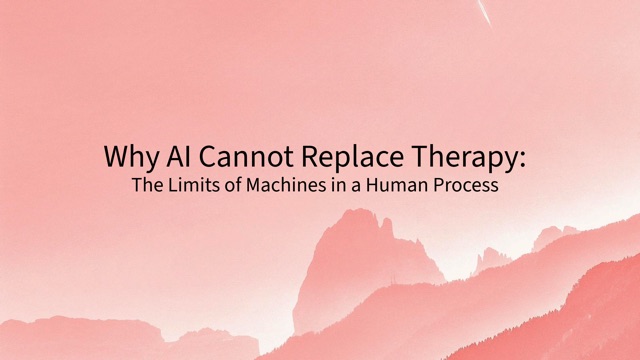We live in a time when the mind rarely encounters true stillness. Social media has become the ever-present companion, ready to fill every pause, and every moment of solitude. Its pull is not simply in the images or words it offers, but in the way it promises a continual stream of stimulation. It speaks to our ancient desire to belong, to be seen, to matter in the eyes of others. Yet what it gives with one hand, it quietly takes away with the other.
Social media is designed to capture attention and hold it for as long as possible. It offers an endless stream of images, stories, and opinions that keep the mind busy but rarely allow it to rest.
Over time, this constant input can cloud our thoughts, heighten comparison, and make it harder to connect with our own inner voice.
The human psyche is shaped not only by what it consumes, but also by the spaces between consumption. Just as the body needs sleep to restore itself, the mind needs moments of unfilled time to process experience. Without those pauses, thoughts flatten into reactions, feelings become confused, and the deeper self has no room to speak. Social media rarely allows these pauses. It tempts us to scroll past discomfort, to move from image to image before any inner response has time to mature.
A detox is not about rejecting technology altogether. It is about reclaiming the space to be present with our life without the constant pull of the screen. When we step away from social media for even a short period, we begin to notice the quiet that exists beneath the noise. We may find that we are more aware of the texture of our day, more in touch with our feelings, and more able to focus on the people and activities that truly matter.
One of the most powerful reasons to take a social media break is to free ourselves from the comparison trap. When we scroll, we are often presented with a curated version of reality. People often share their best moments while leaving out the ordinary struggles. Without noticing, we may begin to measure our life against a fantasy, which can breed feelings of inadequacy . A detox helps us return to our own pace and our own values, allowing us to see our life more clearly.
There is also the matter of mental rest. The human mind was not made to process hundreds of fragments of information in a single sitting. The constant stimulation of social media can leave us mentally fatigued, even if we have been sitting still. When we take a break, we give our brain the chance to reset, much like clearing a cluttered room so fresh air can flow in.
When we step back from the screen, we return to the flowing river of our own life. Without the constant urge to perform or compare, we may rediscover the quiet satisfaction of simply being.
Ultimately, a social media detox is an act of self-care that restores balance between the outer world and our inner world. It allows us to choose what to give our attention to, rather than letting algorithms decide for us. And perhaps, in that pause, we will find that what we were seeking in the endless scroll was already present in the stillness we had been avoiding.


